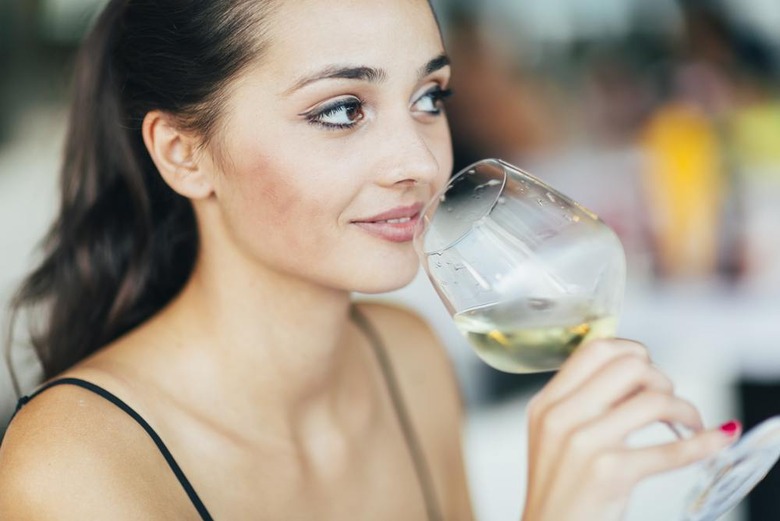Millennial Women Drink More Vino Than Anyone Else In America, According To Wine Council Study
When it comes to drinking wine, no generation goes harder than millennials — loosely, the demographic born between the 1980s and early 2000s — and we've got the credit card statements to prove it.
According to research from the Wine Market Council, the millennial generation drank 159.6 million cases of wine in 2015 — two cases per person, on average — which is the equivalent of 42 percent of the total volume of wine consumed last year, and more than any other generation.
Millennials also made up 30 percent of America's high-frequency drinkers, while the Baby Boomer generation made up 38 percent of HFDs and Generation X — the generation born between the early 1960s and early 1980s — made up 20 percent.
The study also showed that millennials are not afraid of a more expensive bottle — at least 17 percent of millennials reported spending more than $20 on a single bottle in the last month, while only 10 percent of all age groups had done the same.
Interestingly, the data found that women in the United States accounted for more than half (57 percent) of the total volume of wine consumed in 2015, and that in general, female wine drinkers who are "highly involved" in their wine purchases tended to be better educated, professional women who were more ethnically diverse than a typical female wine drinker. Two-thirds of high-frequency drinkers in 2015 were women, though that number evens out after age 30.
Among young females between 21 and 24 years of age, 51 percent reported that organic or sustainably produced bottles were an important purchasing factor compared to 38 percent of women overall, and 32 percent of men. Two-thirds of wine purchases made by women (66 percent) were planned ahead of time. Labels were an important consideration for women, with 46 percent of responses indicating that "traditional, classic, and sophisticated" labels held more appeal than others.
One more important finding about this newest generation of drinkers is that overall, it has the most varied tastes of any previous generation — millennials are not beholden to any particular wine region or style. In the last year, millennials bought malbec, moscato, pinot noir, and sauvignon blanc from Washington, New York, Greece, Argentina, Portugal, South Africa, and Spain.
In general, the council's findings highlight both the buying power of the millennial generation and its diversity of tastes, especially among young women. For the industry, it suggests that a conscious effort to promote sustainably-sourced grapes will good for producers and buyers alike. And as with the millennial matchmaker Tinder, presentation will affect whether or not a browser is willing to give it a try.
